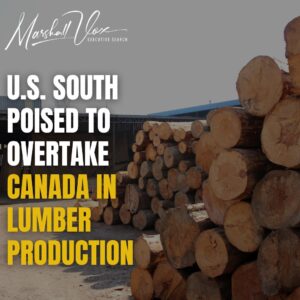The pulp, paper, and packaging industries are growing at a critical crossroads. The increased demand worldwide for sustainable products, the resulting customer preferences for the environment, and technological inventions have opened up new challenges and opportunities for the industry. As industries continue to shift gears to adapt to new economic, environmental, and technological pressures, businesses and stakeholders in these industries need to understand what key trends are shaping them.
The Shift Toward Sustainability
Sustainability is the most significant driving force for the future of the pulp, paper, and packaging industry. As environmental demands increase among consumers and businesses alike, there is a vast demand for more eco-friendly materials and processes. For example, paper products are advertised as renewable alternatives to plastics that are recyclable in packaging and lessen carbon footprints.
The packaging industry is changing, as many companies now select sustainable materials over traditional plastics – recycled paper or biodegradable options. There is a drive globally to eliminate waste. The recycling percentage, so new solutions, including paper-based packaging and fiber-based containers, have been adopted as easy-to-recycle or repurposed items.
Technological Advancements and Automation
Modern technology automates the pulp, paper, and conversion industries, facilitating process optimizations and data analytics. Better machines and robots along the line can perform much more effectively with cost efficiency and product value. Flexibility in design and manufacture must also be linked with the dreams of satisfying increased package customization, which requires this automation.
Digital technologies such as the Internet of Things (IoT) and artificial intelligence (AI) enable real-time monitoring and predictive maintenance of pulp and paper mills. It entails improved performance but, at the same time, a rise in productivity and sustainability-associated reduced production waste and energy consumption.
Supply Chain and Raw Material Challenges
Raw material sourcing and supply chain resilience still pose challenges for the industry’s future, even if it appears promising. These two aspects have become critical in the pulp and paper industry due to the quality requirement for woody fiber. Timber supply interruptions can have dire impacts on production. Climate change, deforestation regulation, and uncertainty in global trade can determine wood fiber availability. Hence, companies need to secure sustainable and reliable sources.
As fuel costs rise and environmental regulations become harsher, transporting raw materials and finished products will become a significant concern. Pulp, paper, and packaging companies must streamline their supply lines and improve transportation methods to minimize their environmental footprint.
Consumer Preferences and Packaging Innovation
Consumer preferences are shaping the future of packaging. As more environmentally conscious consumers look for sustainable and ethically sourced brands, there is a growing need for packaging solutions that reduce environmental impact and improve the consumer experience.
Packaging innovation is taking center stage, with new materials such as molded fiber, plant-based plastics, and compostable films making market waves and seeking ways to combine these materials with improved designs that address environmental concerns and maintain product integrity and functionality. A good portion of such features include adoption that innovative packaging features in use nowadays entail: QR code adoption, use of NFC chip by a lot, and embedding a sensor and use with sustainable certificates by them.
The Global Perspective
The pulp, paper, and packaging industry, on a global scale,e is seeing massive growth in emerging markets with rapid urbanization, industrialization, and increasing middle-class populations. Paper-based products, particularly packaging and tissue segments, are increasingly sought by countries developing in Asia, Africa, and Latin AConverselyher hand, competitive pressures from new economies are squeezing established markets in Europe and the North, causing changes in production strategies and trade flows. Companies in mature regions must innovate and maintain sustainability and efficiency while the pressure of new consumer expectations and regulatory landscapes becomes more challenging.




